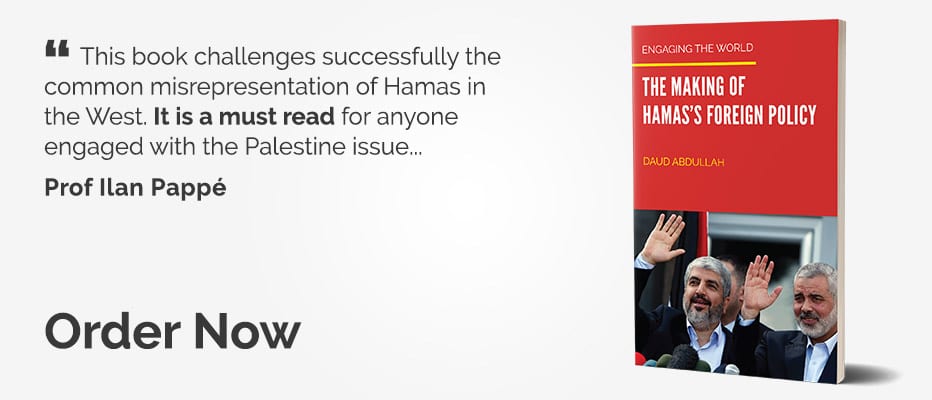According to the International Organisation for Migration, there are more than 13 million people of Arab descent living in Brazil. Those across the whole of Latin America are an example of a sizeable group of migrants who have integrated successfully into their host societies. Arabic culture and artists have had a strong influence on the cultural and arts in Brazil. Music, poetry, calligraphy, the performing arts, crafts, design, architecture and digital arts have all been affected by Arabic culture.
Brazilian women have built bridges between Brazil and the Arab world and achieved professional success by demonstrating that Arab and Brazilian cultures have much in common, especially when it comes to artistic impact. Many believe that cultural exchange between Arab countries and Latin America is a priority for Brazil. They understand that the promotion of cultural heritage helps to boost tolerance and respect for others in their country and, ultimately, across the region.
The Arab world first appeared in the life of Camila Klein when she was a girl; her house was often full of the Arab friends of her mother, Rosangela Klein. The desire to know more about Arabic culture and arts grew within her and has never left. In later years, she made sure to dedicate part of her business to Arabic art.
Klein has 13 establishments across Rio de Janeiro, Curitiba, Sao Paulo, Campinas and Recife. The stoned belts, earrings and large necklaces are favourites with Arab women living in Brazil.
She launched her new special collection recently. The Oasis collection is inspired by Arab princesses, queens and other women from the Middle East. The collection features nearly 100 pieces, and was inspired by a trip to Qatar.
"I've always really liked the former first lady of Qatar, Sheikha Moza Bint Nasser Al-Missned; she's a woman of unparalleled beauty; she's chic and inimitably sophisticated," Klein told ANBA. "In 2020 I was invited to go to Qatar. I got even closer to this culture, so I decided to design a collection inspired by Arab queens and princesses. Through this collection I wanted to show our capacity to turn our deserts into something concrete, structured and surprising."
Leticia Gomes, 28, decided to focus her work on Islamic and Arabic art, creating bookmarks and pictures during the Coronavirus pandemic. After success on the internet, she started to exhibit and sell her products.
When Gomes started visiting mosques, she became fascinated with the geometry, calligraphy and arabesques, and wanted to know how the patterns were created and what the inspiration was behind them,; she then started to produce decorated bookmarks with Arabic letters. Over 60 per cent of her customers are Arabs living in Brazil, but even non-Arabs have been interested.
As well as producing bookmarks, she collaborates on illustrations for book covers and paintings. Gomes is preparing an exhibition of 10 to 15 works that will focus on showing the beauty of Arabic calligraphy and other Arab arts.
Art has a high profile in Sao Paulo and is an incredible source of inspiration, not least for Maryam Souza, who is well-known for her calligraphy and Islamic art. Souza lives in Sao Bernardo do Campo, which has one of the largest Muslim communities in Brazil. With a flat brush and a bucket brimming with colours, she translates the feelings of the local Arab-origin people into calligraphy that winds around itself. Converting fonts into paintings, she is trying to open up the culture of Arabic calligraphy and its beauty to the world.
![Maryam Souza's work is inspired by Arabic art in Brazil, 2023 [maryam.souza/Instagram]](jpg/887f6.jpg)
Maryam Souza's work is inspired by Arabic art in Brazil, 2023 [maryam.souza/Instagram]
Souza is fascinated by the possibilities and ways to express herself through Arabic art, and is committed to expanding knowledge of this artform across Brazil. In doing so, she hopes to encourage people to learn more about Arabic culture.
According to Souza, Brazil's tropical and colourful environment helps her work. There appears to be an instinctive love of art and artists within all Brazilians. Moreover, she believes that Arabic art and history connect her directly with her religion and culture, motivating her in all aspects of her life.
In Brazil, art has become a means to strengthen the ties between the Arab world and Latin America. It is mapping the contemporary dialogue between the cultures of these two major world regions.

![[maryam.souza/Instagram]](jpg/artc032.jpg)

![Camila Klein’s work is inspired by Arabic art in Brazil, 2023 [camila_klein/Instagram] Camila Klein’s work is inspired by Arabic art in Brazil, 2023 [camila_klein/Instagram]](jpg/7-29de5.jpg)
![Camila Klein’s work is inspired by Arabic art in Brazil, 2023 [camila_klein/Instagram] Camila Klein’s work is inspired by Arabic art in Brazil, 2023 [camila_klein/Instagram]](jpg/5-26e37.jpg)
![Camila Klein’s work is inspired by Arabic art in Brazil, 2023 [camila_klein/Instagram] Camila Klein’s work is inspired by Arabic art in Brazil, 2023 [camila_klein/Instagram]](jpg/6-263ce.jpg)
![cover Camila Klein working on her new jewellery collection in Brazil, 2023. [Camila Klein/Instagram]](jpg/cover-1c716.jpg)
![Leticia Gomes’s work is inspired by Arabic art in Brazil, 2023 [farhahgomes/Instagram] Leticia Gomes’s work is inspired by Arabic art in Brazil, 2023 [farhahgomes/Instagram]](jpg/1-1600b7.jpg)
![Leticia Gomes’s work is inspired by Arabic art in Brazil, 2023 [farhahgomes/Instagram] Leticia Gomes’s work is inspired by Arabic art in Brazil, 2023 [farhahgomes/Instagram]](jpg/2-2b73e.jpg)
![Leticia Gomes’s work is inspired by Arabic art in Brazil, 2023 [farhahgomes/Instagram] Leticia Gomes’s work is inspired by Arabic art in Brazil, 2023 [farhahgomes/Instagram]](jpg/3-22c4e.jpg)
![Leticia Gomes’s work is inspired by Arabic art in Brazil, 2023 [maryam.souza/Instagram] Leticia Gomes’s work is inspired by Arabic art in Brazil, 2023 [maryam.souza/Instagram]](jpg/4-29197.jpg)

